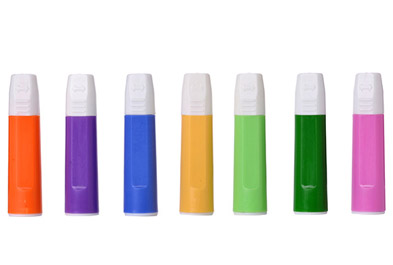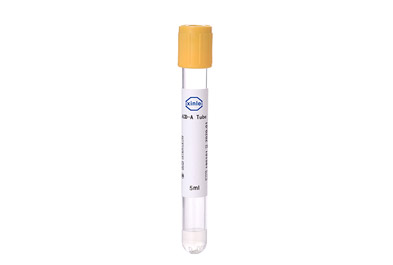With the popularity of Vacuum Blood Collection Tube applications, it has brought convenience to hospitals. Because of its simple operation, clean, safe, accurate and reliable, it has been used more and more clinically. However, during clinical use, various problems occurred, which affected the smooth collection of specimens. Vacutainer Supplier tells you that the following points should be paid attention to in the use of vacuum blood collection tubes:
Capillary Blood Collection Tube
1. When taking blood, the patient should be relaxed and the environment should be warm to prevent venous contracture. Don't stretch your arms for too long. It is forbidden to flap your arms, otherwise, it may cause local blood concentration or activate the coagulation system. 5 mmol / L。 Increased serum concentration of potassium by 1.0 to 1.5 mmol / L after 2 min. The blood should be collected with a single stroke to prevent tissue damage, and exogenous coagulation factors enter the test tube, affecting the test results.
2. The amount of blood collected in the sample should be sufficient. The presence of a vacuum can easily rupture the blood cells. If insufficient blood samples are used, the stopper should be opened for a while after blood collection. The ratio of blood to anticoagulant must be accurate. The absolute content of anticoagulant in the blood sample can change the calcium ion concentration in the plasma and affect the experimental results. The higher the absolute calcium concentration, the shorter the solidification time of PT and APTT.
3. When using a blood collection tube containing a coagulant or separation gel, be sure to wait for the blood to coagulate before centrifuging, otherwise clots in the serum are likely to cause clogging of the instrument.
4. The recommended blood collection sequence is blood coagulation tube (serum tube) → sodium citrate tube → heparin or EDTA tube → potassium oxalate 2 sodium fluoride tube → blood sedimentation tube. The main reason is that the first tube often contains interstitial fluid, which is prone to coagulation and is not suitable for hemagglutination measurement.
5. After the blood collection is completed, first remove the last test tube from the needle holder, and then pull the needle out of the vein. Caused by too slow or unable to rebound.
6. Due to the relatively large negative pressure of the vacuum tube, the blood flowed into the bottom of the tube quickly at the beginning of blood collection, and the red blood cells collided with each other could cause rupture. Occasionally hemolysis was clinically observed. To this end, when collecting blood samples, tilt the bidirectional blood collection needle and the blood collection tube side needle close to the side wall of the blood collection tube, and the blood slowly flows down the tube wall to avoid the direct impact of red blood cells to cause rupture and hemolysis.
7. The latex sheath at the end of the blood collection tube of the bidirectional blood collection needle is loose or the needle puncture the latex sheath, so that the bidirectional blood collection needle is not tightly sealed. During venipuncture, blood leaks out along the end of the blood collection tube of the bi-directional lancet. In this regard, check and tighten the latex sheath before blood collection, and reinsert the needle when the needle punctures to maintain its tightness.
Our company also has Capillary Blood Collection Tube on sale, welcome to consult.

Pulished on Jun. 24, 2020

Pulished on Jun. 16, 2020